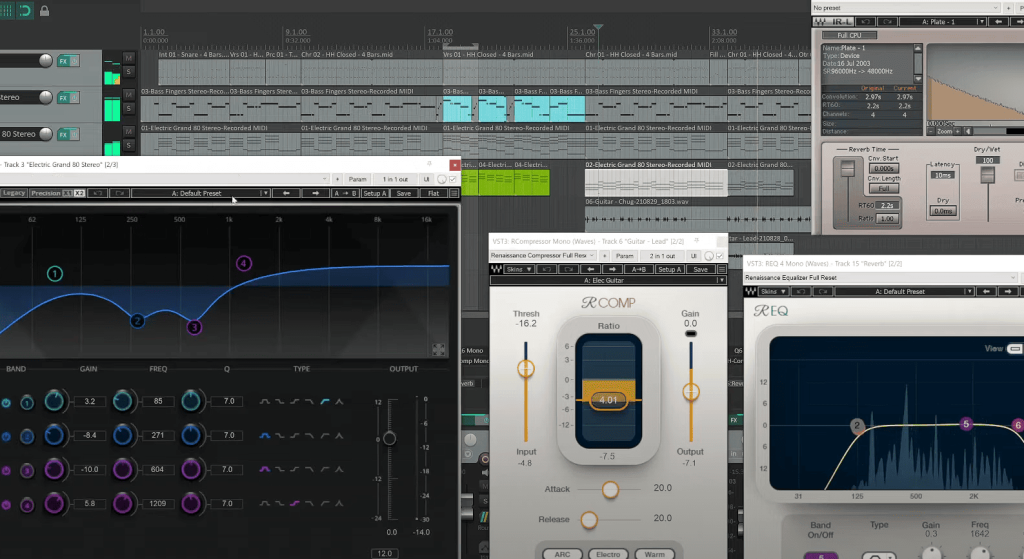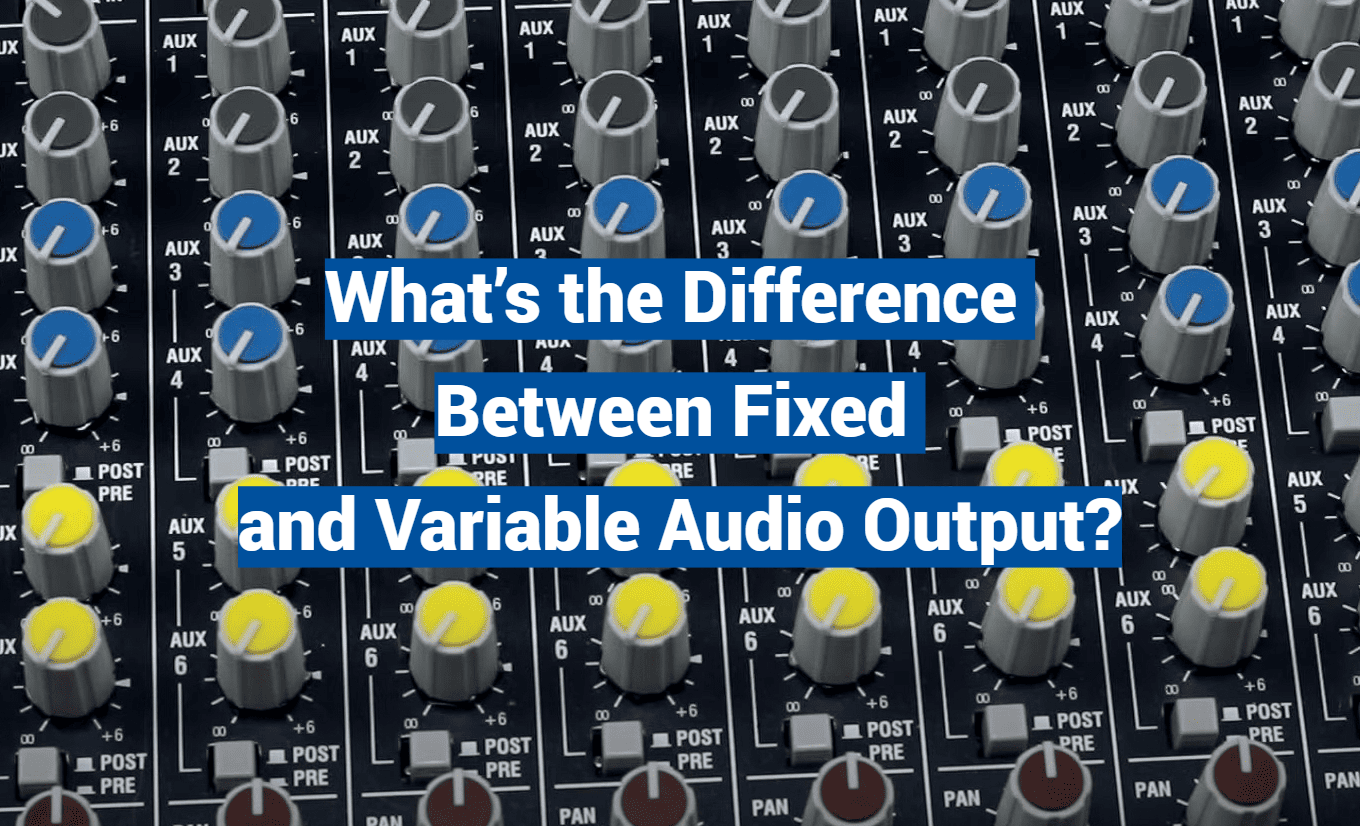Did you know 68% of TV owners struggle with mismatched volume levels when using external speakers? This common headache often stems from a single overlooked setting that controls how sound travels from your screen to your sound system.
Your TV’s connection ports hold hidden power over your listening experience. The right configuration lets you ditch the remote-control juggling act and enjoy consistent sound quality. Some setups keep volume control locked on your external device, while others let your TV remote handle adjustments seamlessly.
Choosing between these modes affects more than convenience. It determines whether your late-night movie stays at whisper volume or suddenly blasts during action scenes. Home theater enthusiasts often prefer one method for precision tuning, while casual viewers might favor simplicity.
This guide cuts through the confusion. You’ll learn how different configurations work with soundbars, receivers, and vintage stereo systems. We’ll break down real-world scenarios where each option shines – no engineering degree required.
Key Takeaways
- Volume control behavior changes based on your TV’s configuration
- Consistent signal levels prevent sudden volume jumps
- Remote compatibility varies between connection types
- Speaker types influence which setting works best
- Proper setup eliminates multiple remote frustrations
- Nighttime viewing benefits from specific configurations
Understanding Fixed and Variable Audio Output Concepts
Volume control mysteries solved: fixed vs. variable outputs explained. These settings determine whether your TV remote adjusts external speakers or leaves that job to your sound system. Let’s break down how each option shapes your listening experience.

Steady Signals: The Fixed Approach
Fixed mode delivers unchanging sound levels through traditional connections. Your television acts like a music player – it sends the signal but won’t adjust loudness. You’ll need your receiver’s remote or physical knobs to control volume.
This method shines for dedicated home theaters. Audiophiles appreciate the pure, unaltered signal reaching their amplifiers. Disabling unused variable circuits can boost clarity, as one technical manual notes: “Deactivating secondary outputs reduces electrical interference.”
Remote-Friendly Adjustments
Variable setups let your TV remote handle volume for both screen and speakers. Perfect for casual viewers who hate juggling multiple controllers. The TV becomes command central, adjusting signal strength before it reaches external devices.
| Feature | Fixed Mode | Variable Mode |
|---|---|---|
| Volume Control | External devices only | TV remote works |
| Signal Quality | Pure, unprocessed | TV-adjusted levels |
| Best For | High-end systems | Simplified setups |
Night owls love fixed mode’s predictable volumes, while families often prefer variable’s single-remote convenience. Your speaker type decides which works better – basic soundbars usually pair well with variable, while premium systems demand fixed’s precision.
How to Set Up Your analog audio out fixed or variable Settings
Adjusting your television’s sound configuration doesn’t require technical expertise – just knowing where to look. Most modern sets keep these controls in intuitive locations, though menu labels might differ between brands. Let’s explore how to navigate these options efficiently.
Finding Your Sound Preferences
Start by pressing the HOME button on your remote to access the main screen. Navigate to the settings icon – usually shaped like a gear or slider. Look for sections labeled “Sound,” “Display & Sound,” or “Device Preferences” depending on your model.
Manufacturers often hide advanced controls under submenus. One tech manual advises: “Check secondary sound menus for output type selection.” If you get stuck, try using your remote’s volume buttons to test changes immediately after adjustments.
Customizing Your Setup
Follow these steps for Android TV models:
- Disconnect headphones from all jacks
- Select “Audio output” from sound settings
- Choose between fixed or adjustable modes
- Confirm with the OK button
| Action | Remote Button | Result |
|---|---|---|
| Menu Access | HOME | Opens settings hub |
| Navigation | Directional pad | Moves through options |
| Confirmation | OK/Enter | Saves changes |
Remember to consult your TV’s manual if menus differ. Some models require enabling “advanced audio features” before showing output type options. Testing different configurations helps find what works best with your speakers.

Pros and Cons of Fixed Versus Variable Audio Options
Modern TVs often sacrifice sound features for sleek designs, leaving users with remote control chaos. Manufacturers prioritize visual appeal over acoustic performance, creating frustration for those who value both picture and sound quality. Let’s explore how different configurations solve (or complicate) daily listening scenarios.
Advantages of Fixed Output
Pure signal delivery makes fixed mode ideal for premium sound systems. This configuration bypasses internal processing that can dull musical details or compress dynamic range. Audiophiles report clearer dialogue reproduction in movies and more natural instrument separation in songs.
Consistency shines during playlist marathons. Your streaming service’s quiet jazz tracks and explosive action scenes maintain balanced loudness without manual adjustments. As one amplifier manual states: “Direct signal paths preserve original recording integrity.”
Benefits of Adjustable Setup
Single-remote convenience wins for family rooms and casual viewers. Parents appreciate controlling Disney singalongs and video game explosions without hunting for extra controllers. This approach simplifies setups using basic soundbars or compact speaker systems.
Nighttime viewers gain precise adjustments. Gentle dialogue stays audible over air conditioner hum without waking sleeping children. Volume buttons on your TV remote become the only tool needed for quick tweaks.
Modern TV Sound Challenges
Many 2023 models eliminate crucial customization options to cut costs. Buyers discover hidden compromises after setup:
“Our engineers optimized space for thinner bezels,”
explains a major brand’s product page. This trend forces users into buying external speakers while losing unified control.
| Consideration | Fixed | Adjustable |
|---|---|---|
| Equipment Needs | Requires amplifier | Works with basic speakers |
| User Preference | Sound purists | Convenience seekers |
| Content Types | Music, films | TV shows, gaming |
Hybrid solutions remain rare. Most TVs now lock you into manufacturer-decided sound management approaches, making pre-purchase research essential. Check spec sheets for “volume passthrough” or “system link” features to avoid post-purchase surprises.

Conclusion
Your entertainment setup deserves tailored sound management. High-end speaker owners benefit most from pure signal delivery – your equipment handles audio processing without TV interference. This preserves subtle details in music scores and dialogue clarity during intense movie scenes.
Simpler systems thrive with single-remote convenience. Parents managing bedtime viewing or gamers needing quick adjustments appreciate unified control. Recent TV models increasingly limit these choices, making pre-purchase research essential for sound enthusiasts.
As one industry report notes: “Consumer demand for slim designs now outweighs acoustic customization.” Test different output configurations during setup – your ears will confirm which balance of quality and convenience works best. Proper audio routing transforms chaotic volume battles into harmonious listening experiences.

